"Good Girls Revolt"—from the comfort of their giant 1960s apartments

It's pretty impossible to watch any show set in a 1960s New York office without automatically making a Mad Men comparison, and Amazon's latest, Good Girls Revolt, has already drawn its fair share of unfavorable comparisons to the show that chronicled the Sterling Draper crew. And in spite of its ripped-from-the-headlines material—the show depicts a lightly fictionalized version of the real-life discrimination lawsuit 46 female staffers brought against Newsweek in 1970—the show is also less true to period details than its retro predecessor, right down to the real estate. (Never forget Don Draper's sad, post-divorce downtown bachelor pad, or his $85,000 penthouse.)
Perhaps the least realistic apartment on the show belongs to Patty, a talented researcher who helps rally the rest of the girls around the idea of a discrimination lawsuit. She's fled an oppressive family in suburban New Jersey, and now lives at Perry and West 4th in an apartment that's absolutely enormous, and without roommates. There are "bohemian" touches to make it seem more plausible (Patty's bathtub seems to be in the kitchen; she decorates with a patterned lamp she found in the trash; there are a huge number of locks on the door) but still, this place is massive for a single 25-year-old to be living in alone:
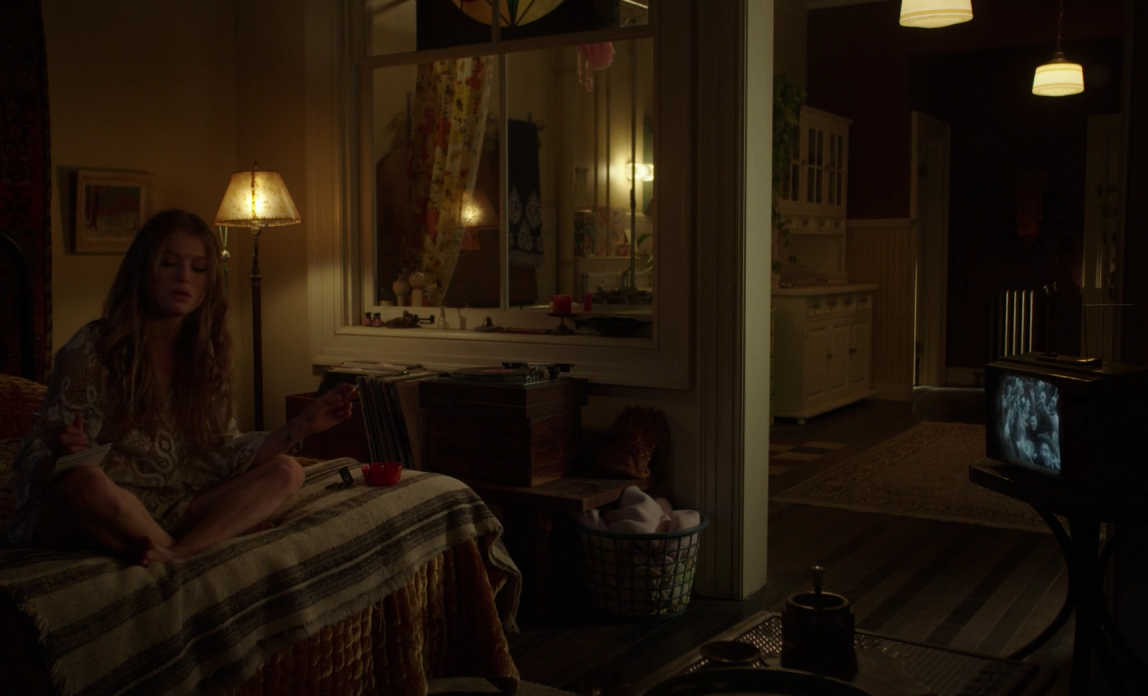
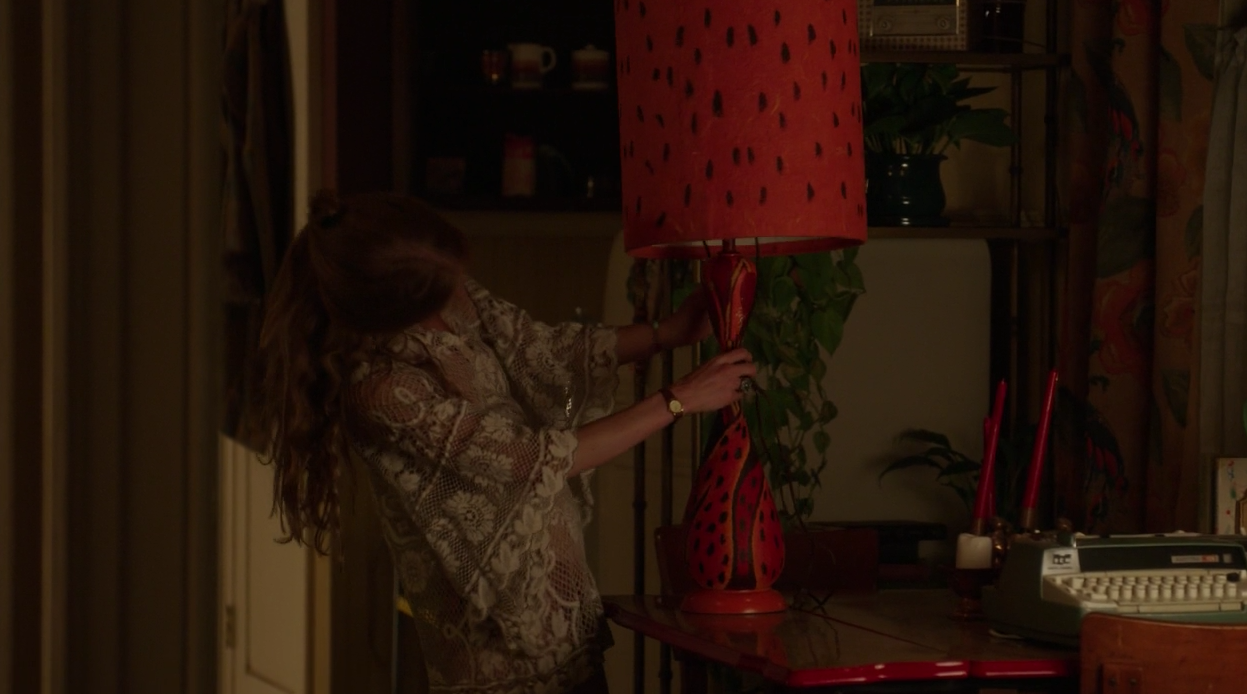
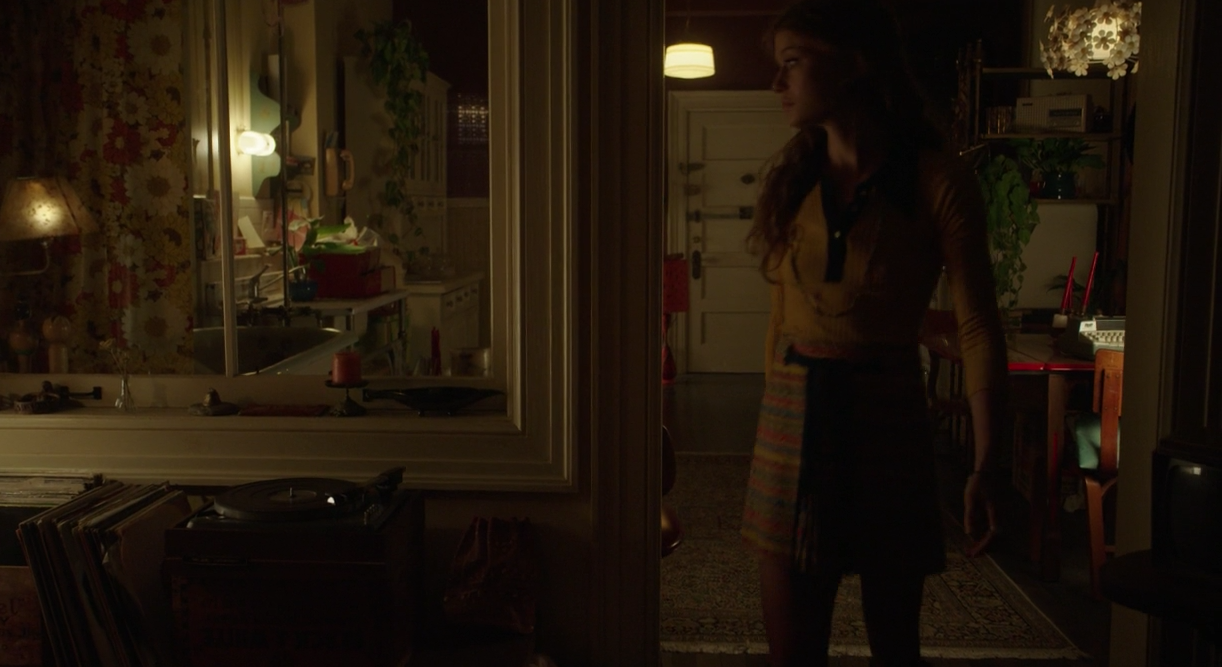
Let's break this down: The average reporter's salary was around $10,000/year in 1970, according to The Death and Life of American Journalism, and as discussed on the show, all the female researchers make much less than their male counterparts. Let's assume, then, that Patty was making around $7,000/year. With an average 1970 rental price of $335/month, per Miller Samuel, that'd be a pretty huge stretch of the budget.
Given her well-off family (who presumably are chipping in on rent), it makes more sense that her co-worker, Jane, seems to live in a large, classic one-bedroom all by herself, and in a more desirable part of town. Plus, her parquet floors remind us of a lot of apartments we've seen over the years:
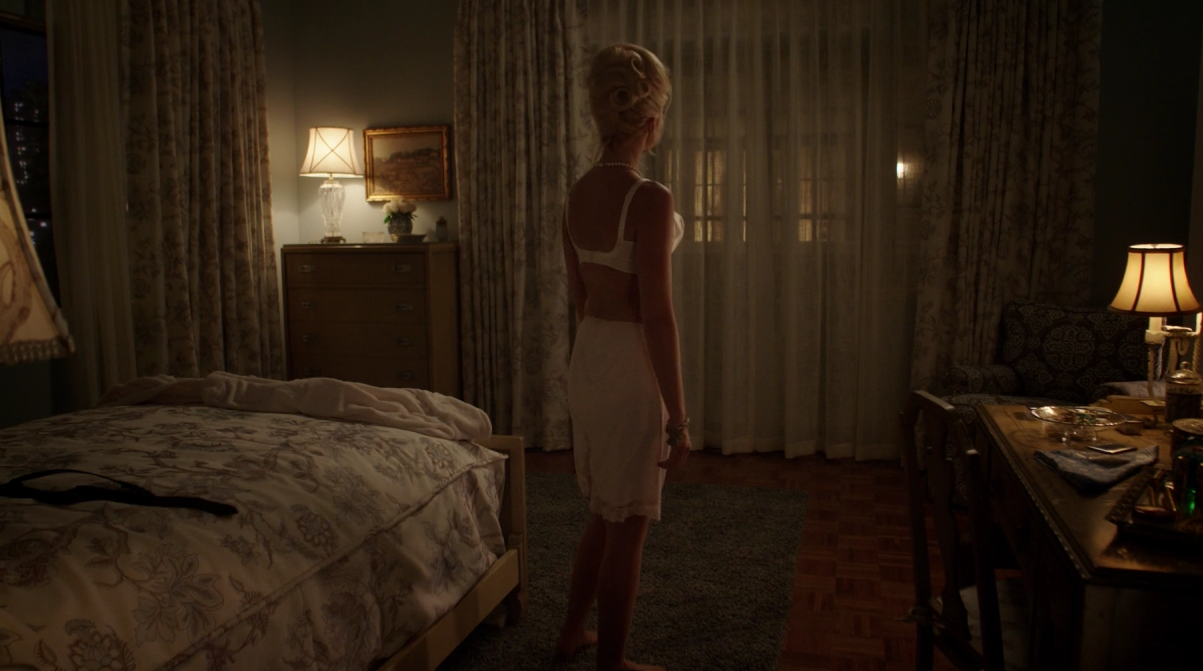
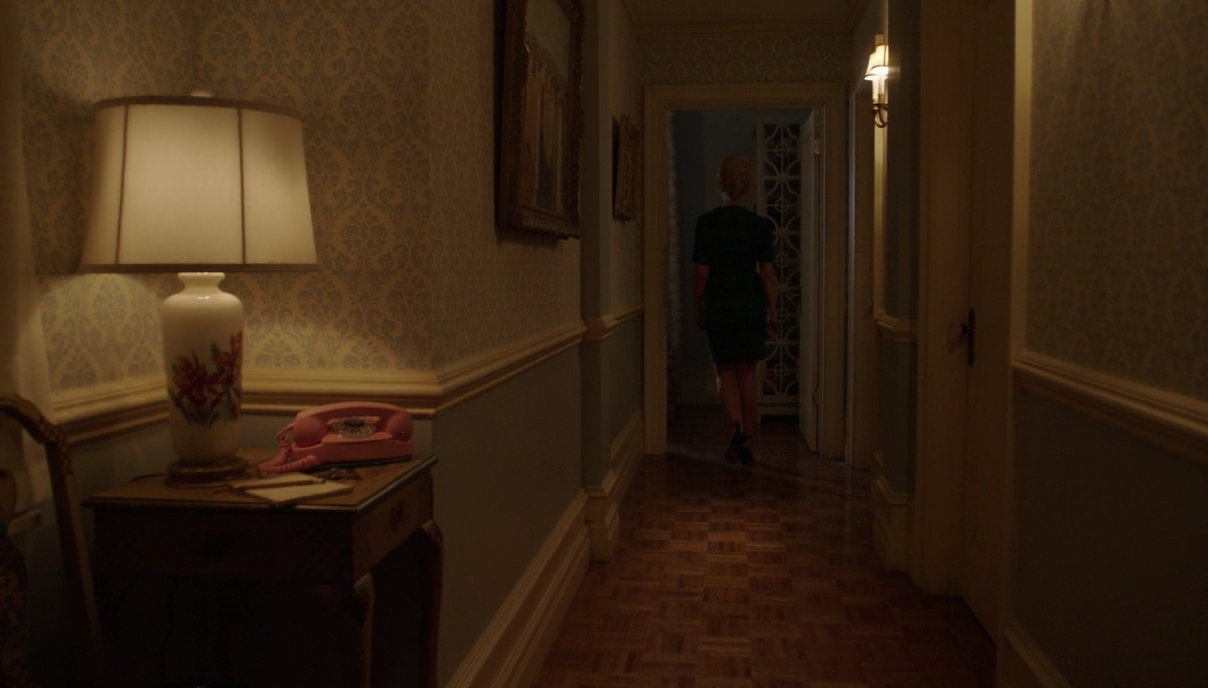
Then there's Cindy, who shares a cramped one-bedroom with her husband, who's in law school (meaning they're probably renting the place on her meager researcher's salary, unless he's getting a stipend):
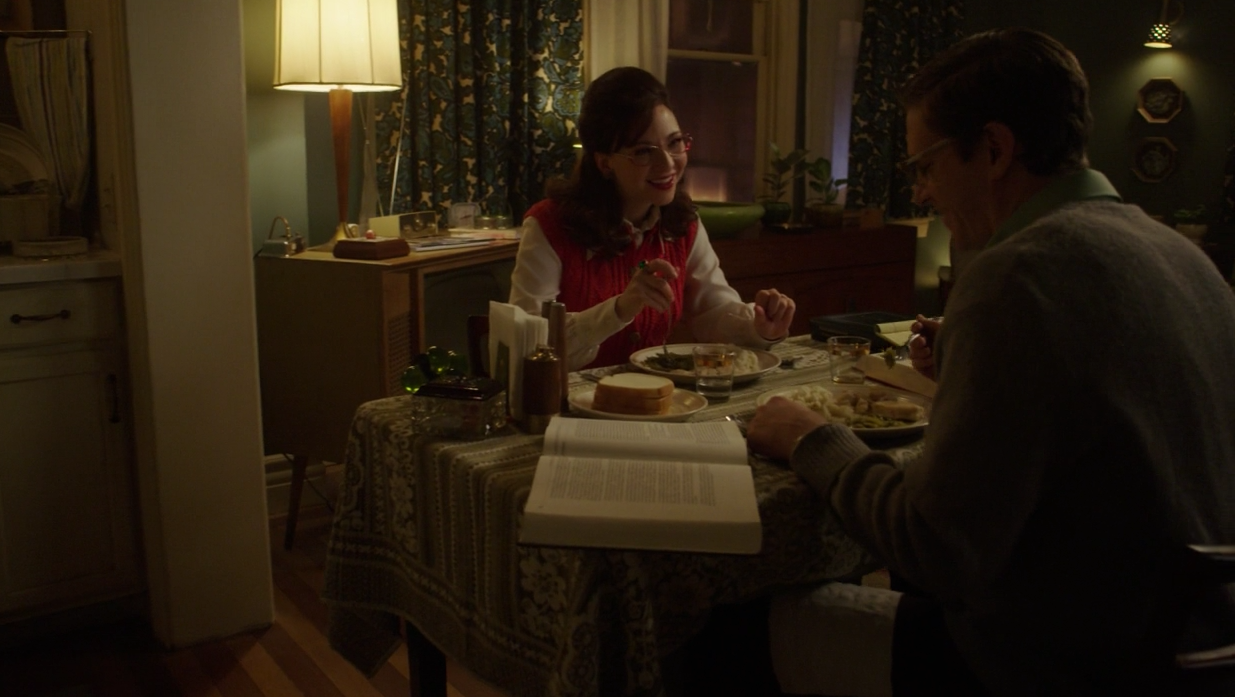
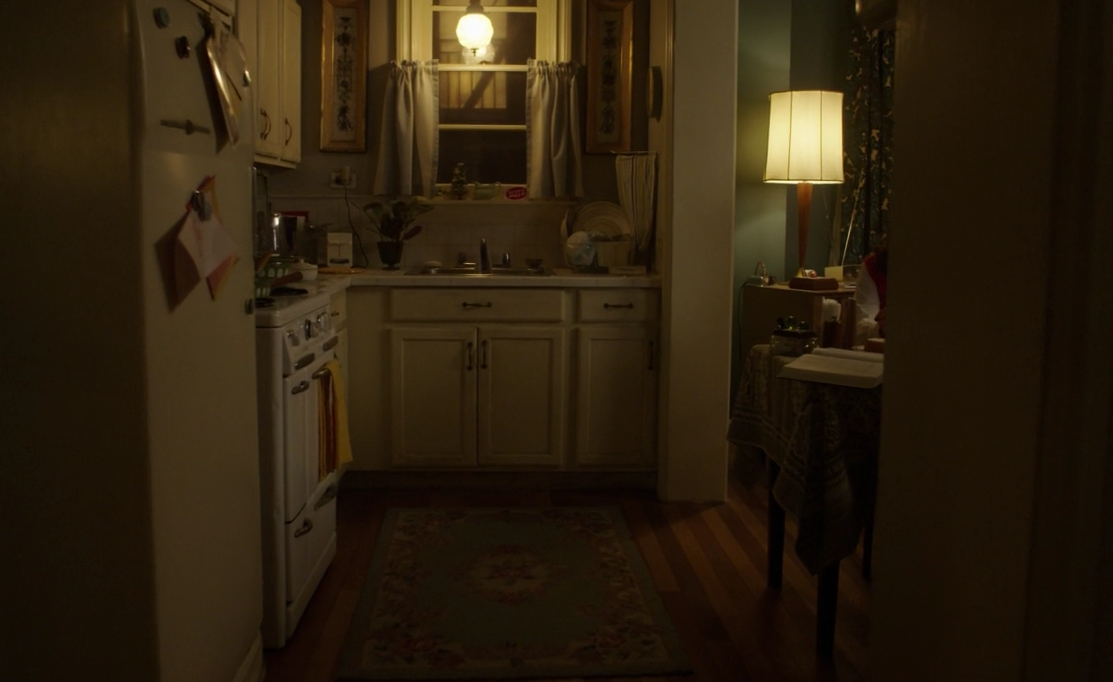
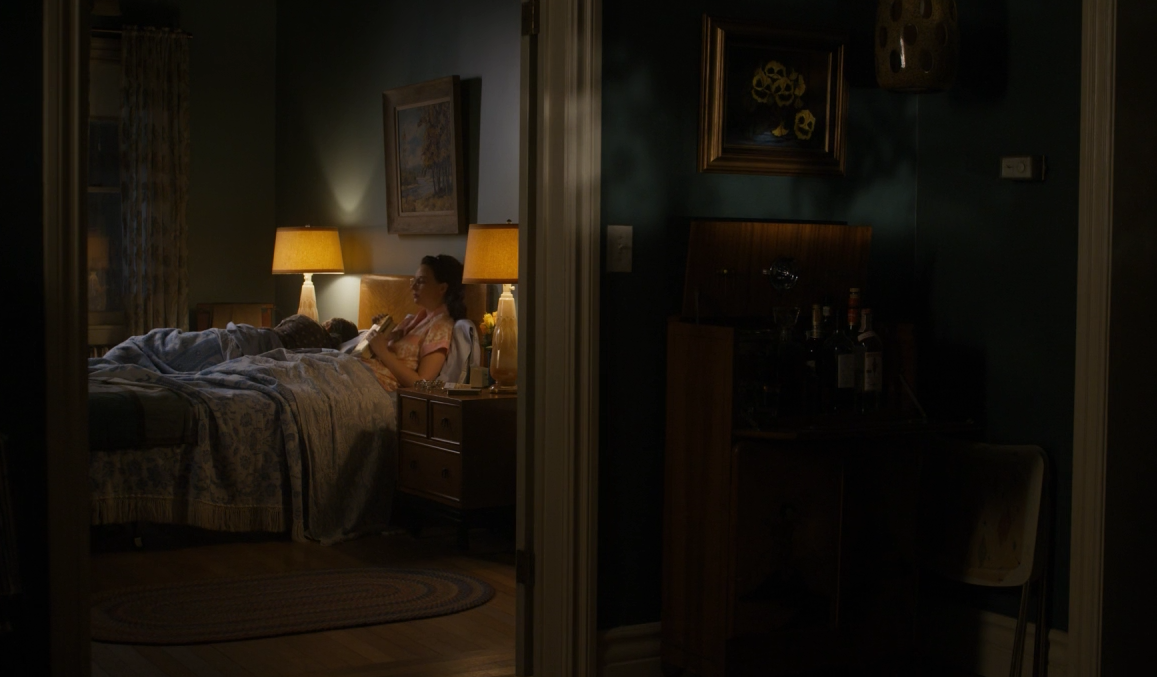
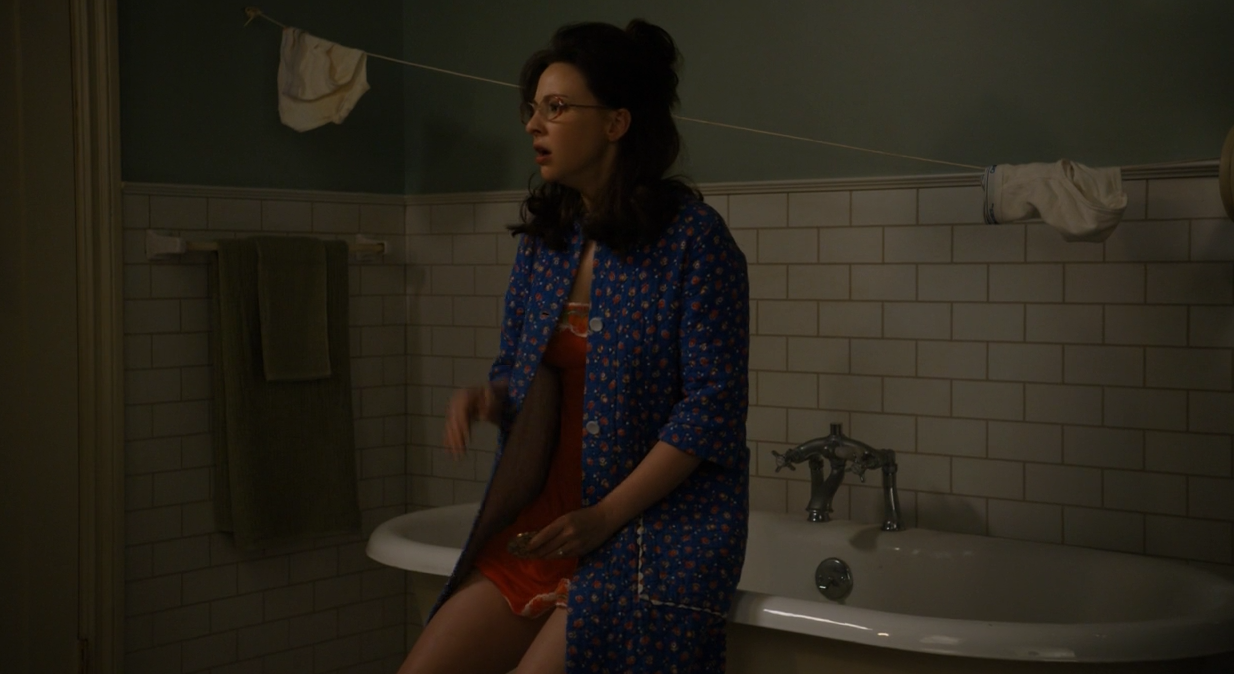
The best housing on the show by far belongs to ACLU attorney Eleanor Holmes Norton, who lives in a Harlem townhouse with her husband. It's where the girls first attend a consciousness-raising group, and later meet to plan their lawsuit:
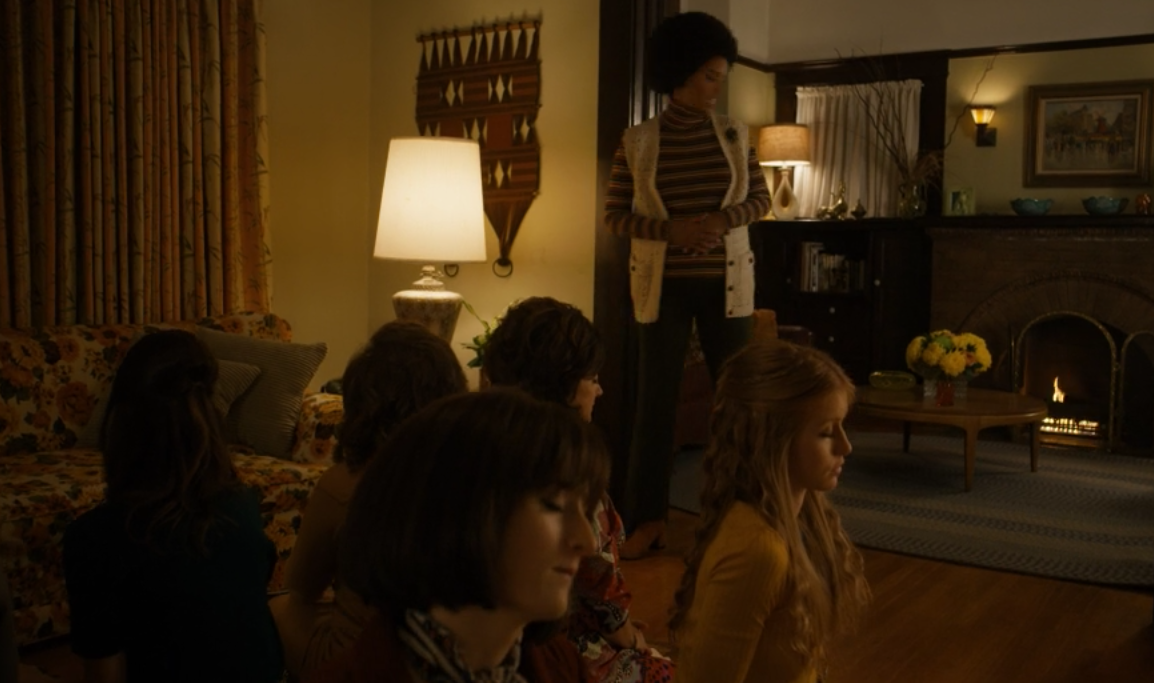
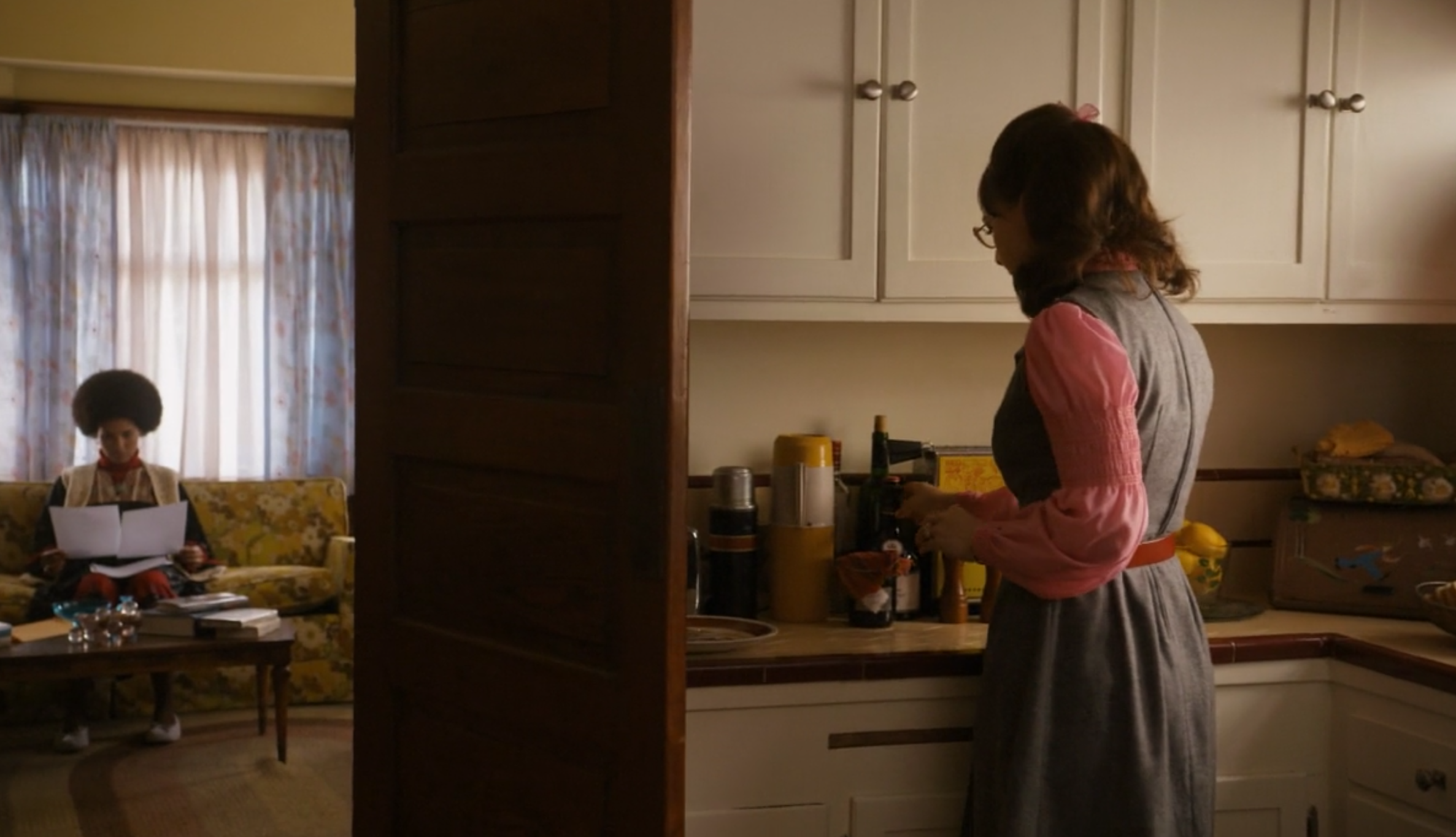
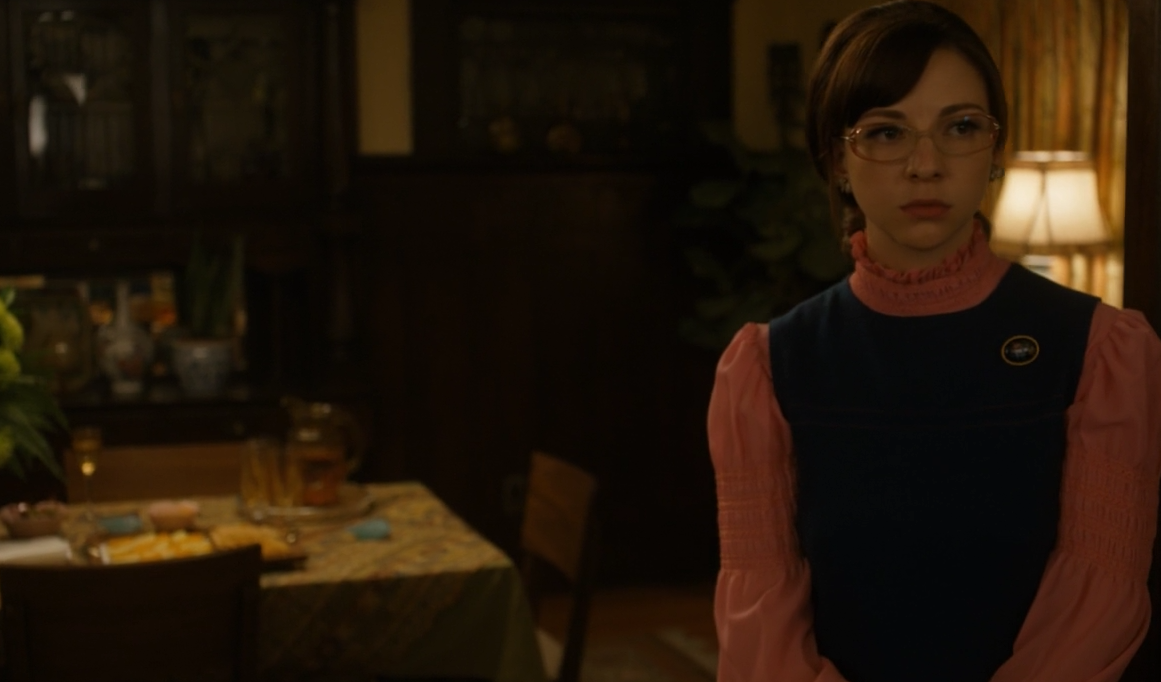
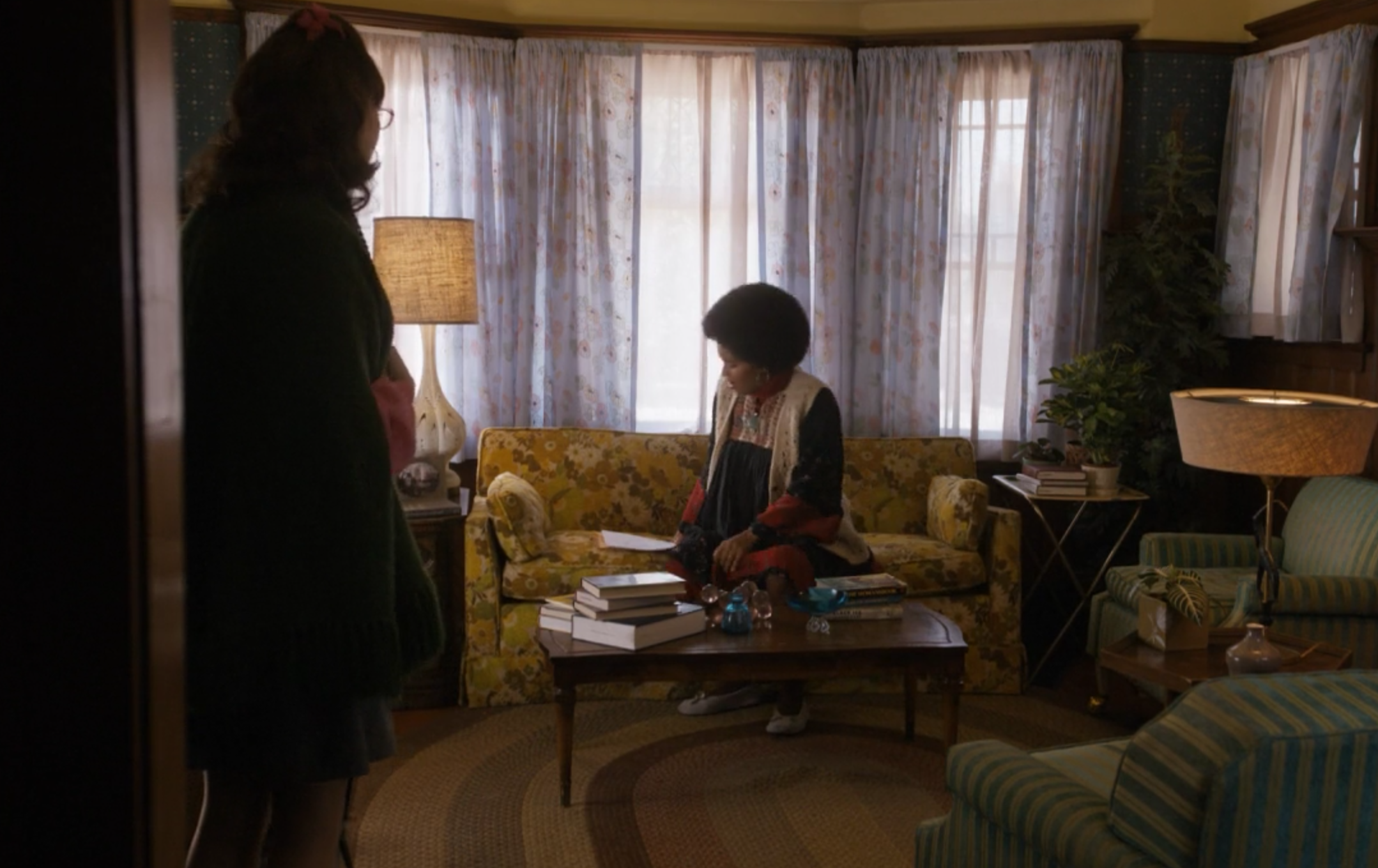
One would imagine that getting a glimpse of what kind of home they might be able to afford if they were paid fairly might've given the News of the Week ladies at least a little extra impetus to start fighting for their rights.
You Might Also Like



























